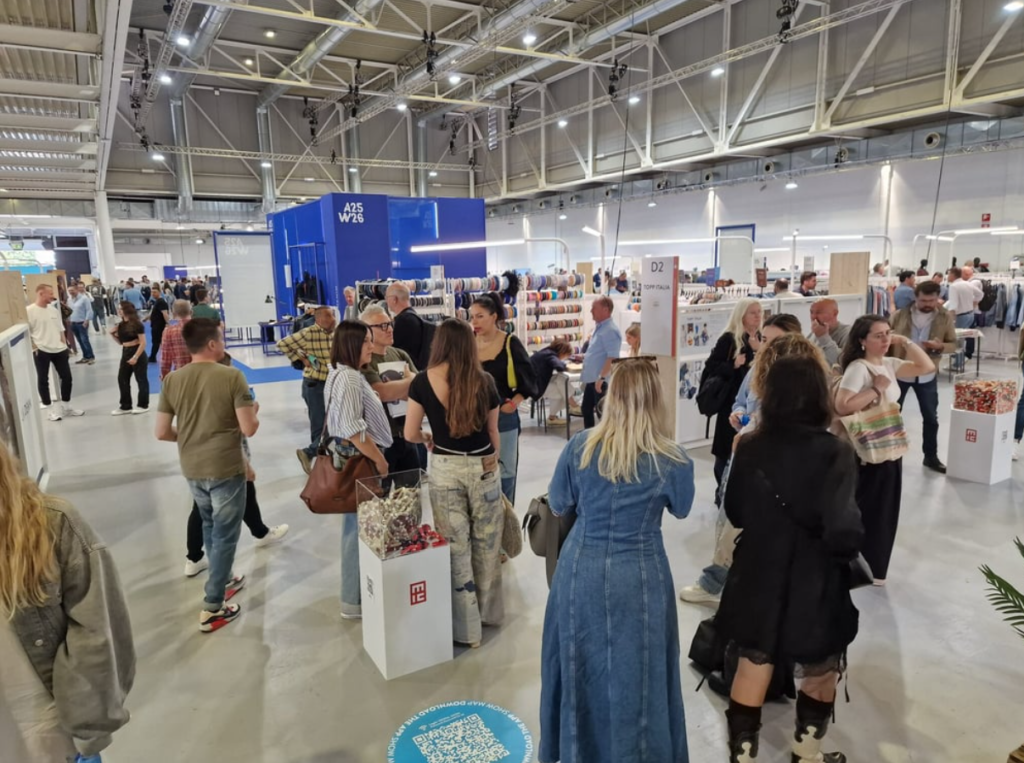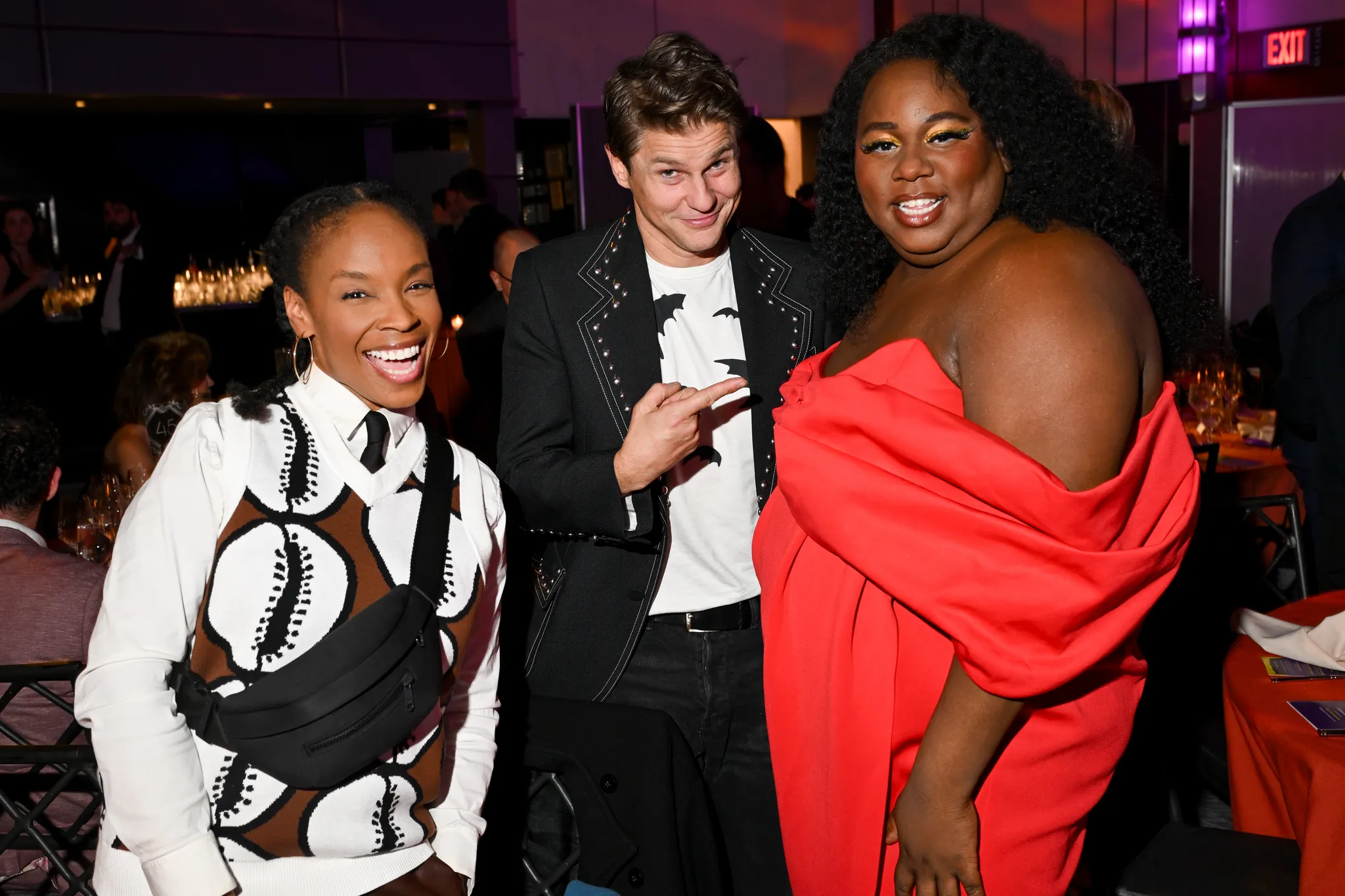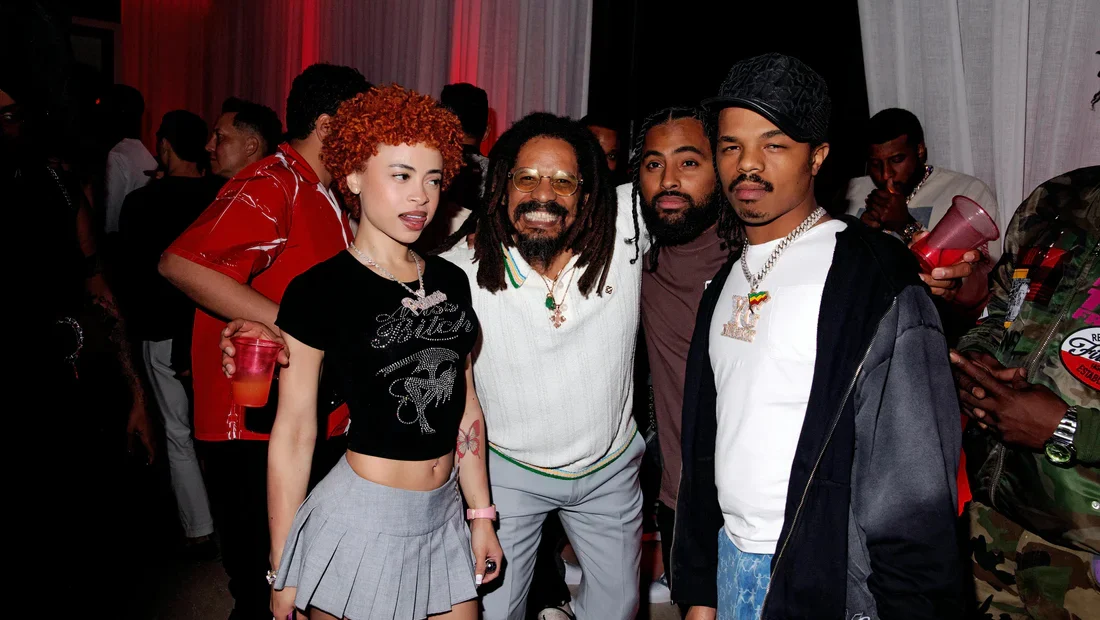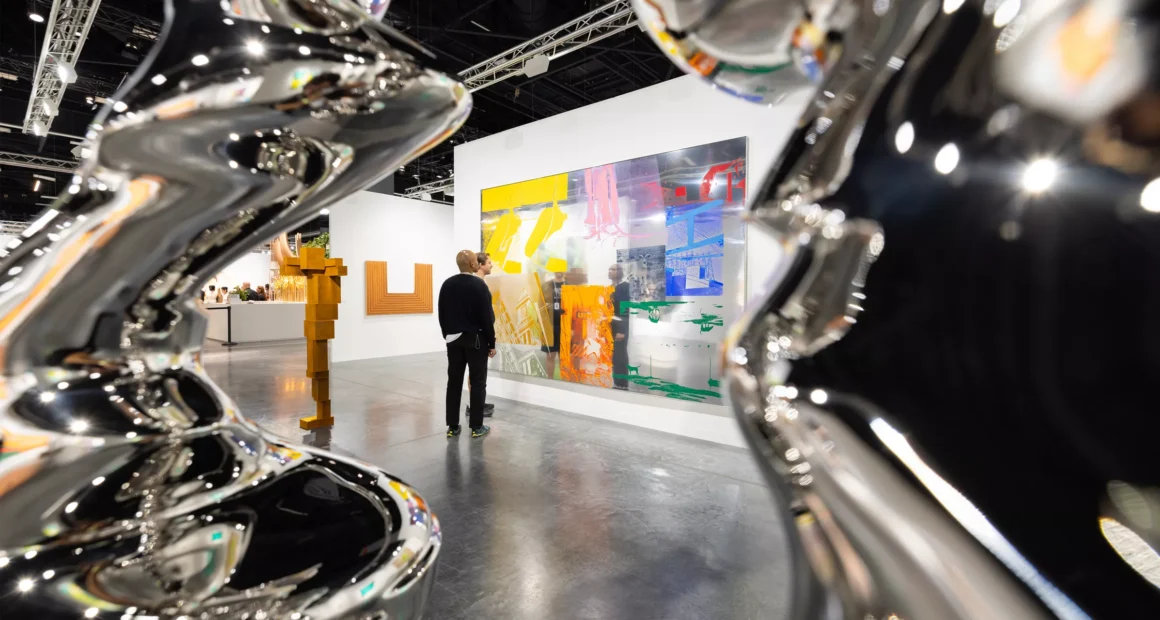Two Obstacles Facing the Denim Sector
At this crossroads, the denim industry must decide how to best meet the demands of both a highly competitive market and the growing environmental concerns caused by its production processes. The sector is under ever-increasing pressure to innovate and adapt due to the rising worldwide consciousness of sustainability.
Important for Businesses: Satisfying Customer Needs
In 2023, the denim market was worth more than $90 billion, thanks to customers’ desire for both traditional denim styles and trendy new denim. Companies need to find a happy medium between the transient charm of trendy clothes and the long-term value of good denim. Important approaches consist of:
Adapting to Trends: Design and production processes need to be nimble to keep up with rapidly changing consumer demands. Staying ahead of the curve is crucial for brands looking to gain market share.
Longevity and High-Quality: Trust and brand loyalty are built on high-quality denim that can endure wear and tear.
Global Expansion: A great way to tap into new growth potential is to expand into emerging markets. However, before you do so, it’s important to study up on local customer habits and preferences.
Problems with the Environment: The Urge for Long-Term Sustainability
The manufacture of denim requires a lot of water, chemical treatments, and even litter. Among the environmental effects of this sector are:

The water needed to make just one pair of jeans is almost 1,800 gallons. Important sustainable activities include reusing water and finding new ways to dye fabrics.
Traditional denim processing makes use of potentially harmful chemicals. Non-toxic options, such as laser treatments and organic colors, lessen the negative impact on the environment.
From fabric scraps to discarded clothing, the sector generates a substantial amount of trash. It is crucial to follow the principles of the circular economy, which include recycling and upcycling.
Fresh Perspectives on Eco-Friendly Denim
Recognized companies are at the forefront of sustainable techniques that aim to lessen the negative effects of denim production on the environment without sacrificing profitability.
Products that are Eco-Friendly
The green revolution of the industry is led by the use of sustainable materials. Here are some options:
Eco-Friendly Cotton: Organic cotton helps preserve biodiversity and lessens environmental damage because it is grown without synthetic fertilizers and pesticides.
Use of Recycled Fibers: Combining recycled polyester and cotton reduces both waste and environmental impact.
Hemp and bamboo are long-lasting, eco-friendly substitutes for cotton.
Technologies that Conserve Water
Denim manufacturing is being transformed by innovations in water conservation. Essential technology encompasses:
Using ozone gas, denim may be cleaned and distressed with less water using the ozone washing technique.
Reduce water usage by capturing and reusing water during the manufacturing cycle with a water recycling system.
The use of lasers eliminates the need for laborious, water-intensive washing procedures while producing realistic distress effects and patterns.
Processing without Chemicals
For denim manufacture to have less of an effect on the environment, toxic chemicals must be removed. Methods encompass:

Dyes Made from Natural Ingredients: These dyes are safe and biodegradable because they are derived from plants and minerals.
Enzyme Therapy: To soften and polish denim, use natural enzymes instead of harsh chemicals.
Mechanical finishing: Sandblasting and brushing are two methods that can accomplish the same goals as chemical finishing without the use of chemicals.
Cross-Sector Partnerships and Guidelines
It will take industry-wide collaboration to make denim production more sustainable. Main projects consist of:
Certifications and Standards on a Global Scale
Transparency and accountability are guaranteed by adopting accepted standards. Here are some important certifications:
From harvesting to labeling, textiles must adhere to the Global Organic Textile Standard (GOTS) to maintain their organic certification.
Verification that textiles do not contain any dangerous compounds is provided by OEKO-TEX® Standard 100.
Supports environmentally friendly methods of growing cotton as part of the Better Cotton Initiative (BCI).
Joint Initiatives
Cooperation between businesses encourages the exchange of information and new ideas. A few notable instances are:
The Sustainable garment Coalition is an organization that works to promote sustainable practices in the garment and footwear industries by bringing together brands, retailers, and manufacturers.
Sustainable innovation can be sped up through Fashion for Good by means of financing, collaborations, and scaling technologies.
A group of companies and brands working together to make denim production more eco-friendly is called the Denim Task Force.
Engaging with consumers and educating them
The only way to increase demand for environmentally friendly items is to educate people about sustainable denim. Methods encompass:

Honesty: Building trust with consumers is possible through offering comprehensive details about the manufacturing process, materials used, and environmental effect.
Consumers are better informed and given more agency when product labels prominently display eco-friendly practices and certifications.
Social media, events, and influencer partnerships can all play a role in interactive campaigns that aim to educate customers and encourage them to make more sustainable choices.
What Lies Ahead: Finding a Happy Medium Between Progress and Duty
If the fashion industry wants to take the lead in creating a more sustainable future, it should look to the denim industry. Businesses can achieve their financial objectives while also helping the environment if they are open to new ideas, work together, and be transparent. Sustainable denim is an arduous road to travel, but the industry can reach a middle ground that’s good for business and the environment if everyone pitches in.





























